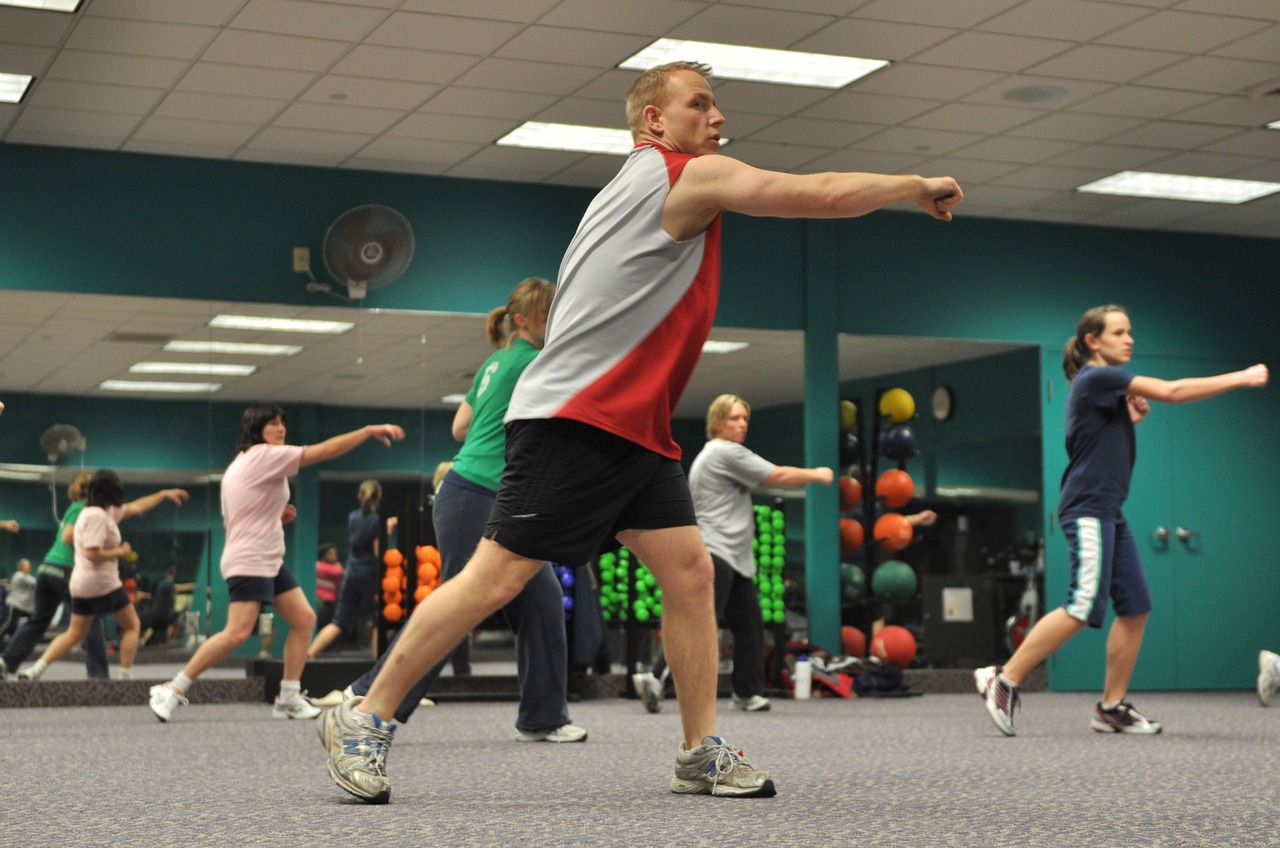Below is a guest post that’s been written by my good friend Peter Minkoff. He’s published a few guest posts at Food&Fitness Always in the past, which you guys have always received well. This post is very interesting in terms of it’s content, so I hope you read it carefully and find it as useful as I have. Enjoy!
People visit gyms to improve their health and physical condition, and when they decide to become members, they believe that they’re perfectly safe in the facilities. Gyms, on the other hand, have a duty to take care of the visitors and members, not to be negligible and to contribute to prevention of the foreseeable injuries. Still, we can’t deny that injuries happen. In fact, in 2009, over 1,500 people visited the emergency room because of an injury caused by gym equipment. The rate of injuries for every 1,000 hours of training is 3.1. Some of those injuries are a result of sloppy management and poorly maintained equipment and therefore, should be subject to insurance claims. For more information on comprehensive insurance packages for gyms, visit Gym Insurance From Salon Gold. Here are some things you should know about the do’s and don’ts of gym insurance.
DO: Get Familiarized with What the Insurance Covers
Gym insurance is specific because it combines the insurance coverage relevant for fitness centers, gyms and health clubs. Companies like staveley head insurance have years of insurance experience and offer business/liability insurance to cover everyone’s safety. Some of the basic things covered by it are bodily injuries, property damage, errors and omissions by staff members (e.g. advice regarding an exercise regimen that leads to illness or injury); liability for the products (nutritional and workout equipment) recommended or sold in the gym; and sexual harassment, poor treatment or discrimination by a gym employee. Several gyms have general liability insurance that covers most of the aforementioned cases. For instance, if your customers get injured after an equipment malfunction, then general liability insurance can protect you from lawsuits. You might also want to think about insuring your employees too, just in case anything were to happen to them. Losing your most valuable employees can be very damaging to the business and could even make the business suffer financially so insuring them using insurance from sites like www.mykeymaninsurance.com can give you that extra coverage you need.
DON’T: Sign a Liability Waiver
It’s a common practice in many gyms to give the users a liability waiver to sign at the same time they give them the membership card. It’s also a common practice for the users, who see this as a mere formality, to sign that document. However, this sinister paper is much more than just a formality. It means that you cannot hold the gym and its owners accountable for injuries that took place there. A liability waiver, thus, prevents you from taking any sort of legal actions against the gym management.
DO: Find out the Name of the Gym’s Insurance Company
In case of an injury, you need to know where you should turn to seek compensation for pain, suffering, medical bills and lost wages. This means that you’ll need to find out the name of the gym’s insurance company, which is often not an easy task. Employees will rarely give you that information. Even if they want to, they’re probably not allowed to. Nevertheless, you should try to get that information from former employees, other members, etc.
DON’T: Do It Alone
If you are injured at the gym, don’t take all the responsibility of insurance claims upon your shoulders. An experienced personal injury attorney can ensure that you won’t leave empty-handed, if the cause is gross negligence. Seeking legal help is especially advised if you’ve signed the waiver of responsibility, since a professional can usually have the waiver set aside, if the terms are right.
DO: Notify and Document Everything
Hearsay is not worth much in court and in settlement agreements. That’s why it’s important to seek medical help if you’re hurt in the gym. Don’t wait to get home or just get a cab and go see a doctor. Instead, alert an employee to call 911 and notify the management. If your injury is not an emergency room case, you should still notify the management. The manager is required to fill out an incident report. Request a copy of report and bring the cause of the injury to his attention. Make sure you photograph and/or record both the cause of your injury and the injury itself. See if there were any witnesses, and kindly ask for their contact information. You can also ask them to write a short statement about what they saw.
Safety in the gym should be a primary concern, for both the management and the members. Injuries can do only harm to direct victims and to gym financially and by undermining its reputation, so it’s in everyone’s best interest to prevent them from happening.
Peter Minkoff






